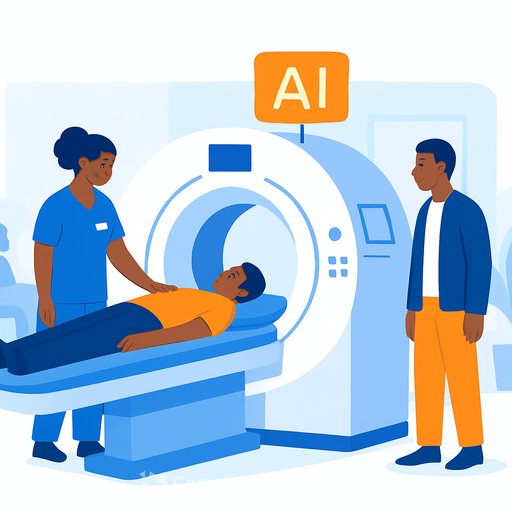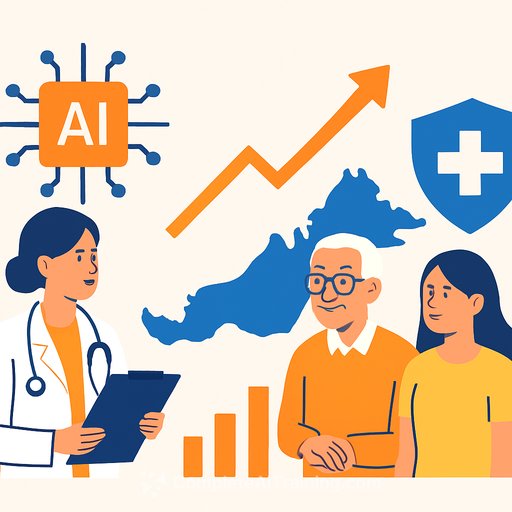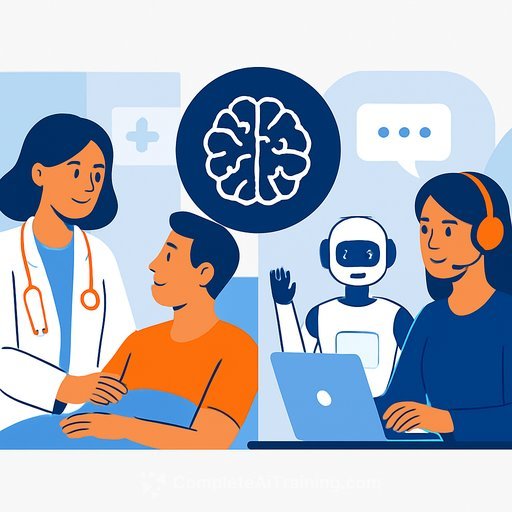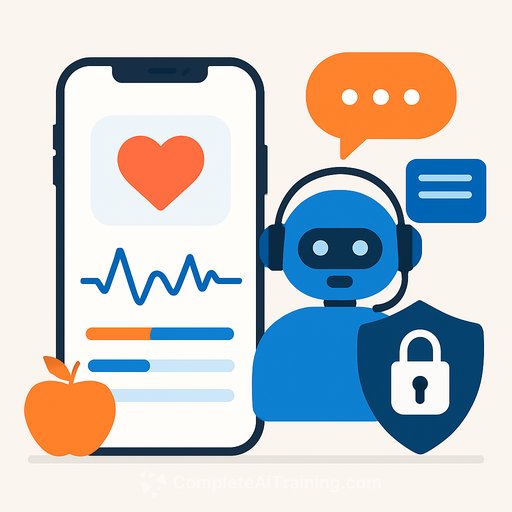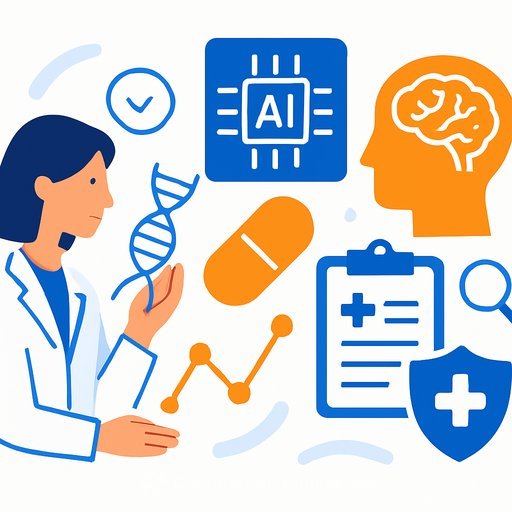AI-Powered CT Boosts Capacity and Care at Nakuru Level 6 Hospital
Nakuru Level 6 Hospital has installed an advanced AI-enabled CT scanner, expanding access to fast, accurate imaging for patients across the Rift Valley. The upgrade moves the facility into a select group of regional centers running next-generation imaging with broader diagnostic reach.
The machine supports detection of cancers, cardiovascular disease, brain and lung disorders, internal injuries, and musculoskeletal issues. With patients referred from at least 14 neighboring counties, the hospital is positioning itself as a key diagnostic hub for the central and Rift Valley regions.
What This Means for Clinical Teams
Throughput will double: the hospital expects to scan 100+ patients daily, up from roughly 50. That should cut wait times and shorten decision cycles for emergency, inpatient, and outpatient care-especially time-sensitive cases that depend on imaging.
Scan time drops to 2-3 seconds from the previous 6-7, while image clarity improves. Faster acquisition with better precision helps reduce motion artifacts, supports complex studies, and tightens differential diagnosis.
Expanded Service: Advanced Cardio Screening
The hospital will now offer advanced cardiac imaging in-house. Previously, many patients had to be referred to major hospitals in Nairobi or sent abroad, which delayed care and increased costs.
Local access to coronary CT angiography and related protocols can streamline workups for chest pain, suspected CAD, pre-op assessments, and follow-up-saving time for both clinicians and patients.
Operational Impact and Workflow
AI-assisted reconstruction and post-processing can speed up reporting and improve consistency. Expect measurable gains in turnaround time for ED triage (stroke, trauma, PE), oncology staging, and post-op surveillance.
Integration with RIS/PACS and standardized protocols will be critical. Building shared study templates, contrast guidelines, and QA checkpoints will help radiologists and technologists maintain high-quality output as volume increases.
Training and Sustainability
A team of biomedical engineers and specialists will train radiologists and technicians on operation and maintenance. That's the right move-competency, uptime, and safety will depend on ongoing skills development and disciplined QA.
Plan for refresher sessions, super-user pathways, and cross-coverage training to keep services resilient during staff rotations and peak demand.
Safety, QA, and Governance
- Radiation dose: track CTDIvol/DLP; apply ALARA and tailor protocols by indication, body habitus, and age. For reference and best practices, see the ACR's work on AI and imaging quality here.
- Contrast safety: tighten screening for renal function, allergy history, and hydration protocols; standardize premedication when indicated.
- AI validation: document model behavior, versioning, and failure modes. Keep a feedback loop between radiologists and vendors for continuous tuning.
- Data privacy: align with hospital policies and national regulations; limit PHI exposure in AI workflows and audit access regularly. WHO guidance on medical radiation safety is a useful reference here.
Clinical Use Cases to Prioritize
- Emergency: stroke protocols (NCCT + CTA), trauma pan-scan with dose-aware presets, suspected PE with optimized timing.
- Oncology: staging and restaging with consistent reconstructions for longitudinal comparability; structured reports to support tumor boards.
- Cardiology: coronary CTA with calcium scoring and motion correction; standardize heart rate control and contrast timing.
- Pulmonary: nodule characterization and follow-up schedules; leverage AI for triage flags while keeping final reads clinician-led.
- Orthopedics: high-resolution MSK studies for complex fractures and post-surgical assessment.
Metrics That Matter
- Access: wait time to scan; percent of urgent studies completed within target windows.
- Quality: repeat scan rate, motion artifact rate, peer-review discrepancies, dose indices against reference levels.
- Speed: order-to-report turnaround by service line (ED, inpatient, outpatient).
- Capacity: daily scan volume, uptime, and slot utilization by hour/day.
- Outcomes: time to treatment for stroke/trauma/ACS pathways; reduced external referrals for cardiac imaging.
Regional Value
With referrals coming from 14 counties, localized advanced imaging reduces patient transfers and compresses the time from suspicion to treatment. That directly supports better outcomes and lowers indirect costs for families and facilities.
As the hospital scales usage, expect spillover benefits: faster specialist consults, more confident surgical planning, and fewer avoidable admissions linked to diagnostic delays.
Implementation Checklist for Leaders
- Finalize protocol library (ED, neuro, chest pain, trauma, oncology) with dose and contrast parameters.
- Embed structured reporting and AI outputs into RIS/PACS; define escalation and second-read rules.
- Run daily QA huddles during the first 90 days; track a concise dashboard of the metrics above.
- Schedule vendor and biomedical engineer maintenance windows and document uptime SLAs.
- Educate referrers on new capabilities and referral criteria to ensure the right studies at the right time.
Upskilling for Imaging Teams
As AI-supported imaging expands, frontline skills in protocol optimization, dose stewardship, and AI-aware reporting will matter more. If your team needs a quick way to build AI literacy specific to clinical workflows, explore practical options here: AI courses by job.
Nakuru Level 6 Hospital's new AI-driven CT system is set to increase capacity, improve diagnostic speed, and make specialized care-especially advanced cardiac imaging-more accessible across the region. With strong workflows, training, and QA, the benefits will compound for both providers and patients.
Your membership also unlocks:

